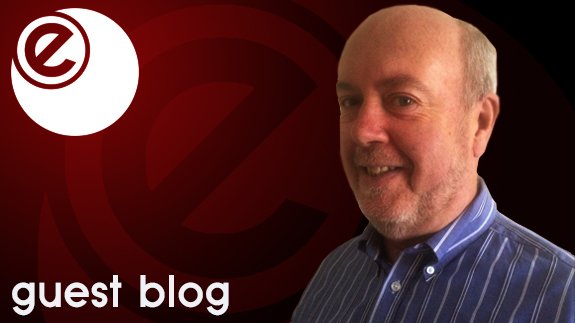As many enter a new financial year it’s surely a good time to carry out a health check on your organisation’s energy position.
There’s a lot of uncertainty around, as far as future markets are concerned, whether it be currency, interest rates or the fundamentals of the energy market. But that shouldn’t stop you taking a check on where your company stands.
An observation has been the worrying reduction in client IP around energy on both the demand and supply side. Given the high and increasing value of energy and associated costs there is a need to position energy at a higher level – and quickly with rising costs, not to mention greater regulation.
Simple things as defined by but not limited to regulation such as ESOS, in terms of understanding the energy profile of an organisation – which ultimately knocks onto the supply side and risk – are absolutely critical in all aspects of forward management of energy. But how many take the trouble to get a fix on where they are and more importantly, where they want to be?
Of most importance, from practical experience, is having the right systems in place to identify demand and supply data. Often these fundamentally important areas are hampered by lack of appropriate metering technologies or access to them and failure to put in place a platform for understanding what they’re telling you about your energy consumption.
Similarly, it can be futile to look at energy management information without first considering the commercial and property operation of companies. This is where the evaluation of opportunity should always enter the fray.
Best case vs worst case scenario
Whilst an informed view may at this stage be taken, it clearly needs to factor in many different and often complex factors. Many organisations forego the expense of employing “experts” to bring a perhaps different perspective – but at what cost? Probably what is far more important is to agree the metrics to determine the success, or otherwise, the advice which is given rather than to rule it out completely.
Let’s face it, in an age where personal savings struggle to achieve a return on capital of more than 1%, there’s a huge need to identify the methodology and the risks of receiving returns of 5-10%. Energy, both on the supply and demand side, is no different. Neither, given recent focus, are the returns around water conservation. Water is becoming an increasingly valuable as well as scarce commodity. Especially when returns for many could be in a different world at 30/40/50% and more of the ultimate running costs.
Information is key
For all of the above, information is absolutely key to provide evidence for robust business cases as well as the tools for demonstrating that those cases have actually been delivered and that these benefits are demonstrable right from the start once the project has been implemented.
Many of these benefits can be short term wins but the new budget year, adequately prepared for, should also keep a focus on the longer term. This may be more difficult to justify but can if well-managed, deliver much greater returns both financially and environmentally.
I hear many tales of inertia in the industry – delayed spending and investment decisions based on uncertainty in the wider economy and markets. But those who take the trouble to do the research, prepare the financial and business cases, as well as understanding how the wider jigsaw looks, both known and anticipated, are likely to be the biggest winners when it comes to the next few years in the energy world.
May fortune favour the brave…
Mervyn Bowden is the MD of Intuitive Energy Solutions.





